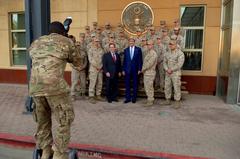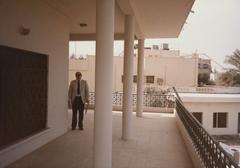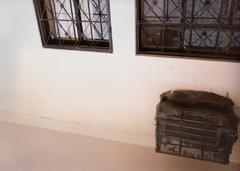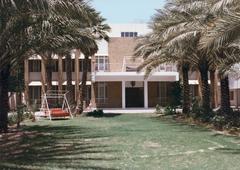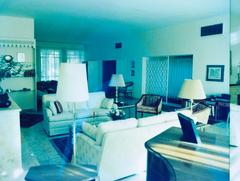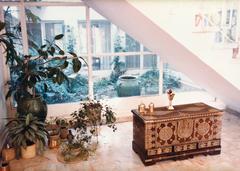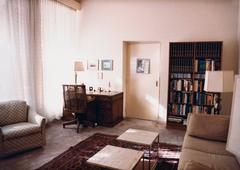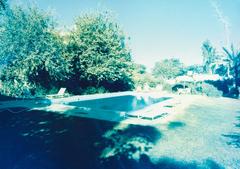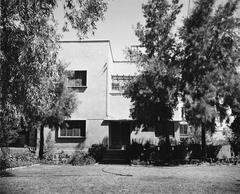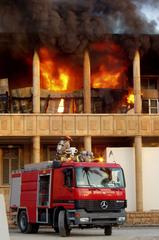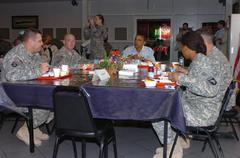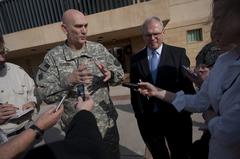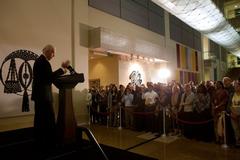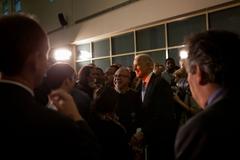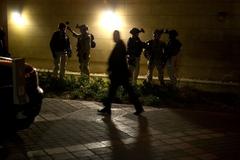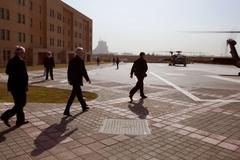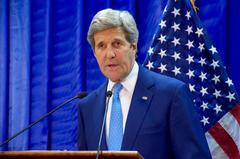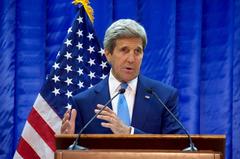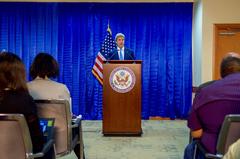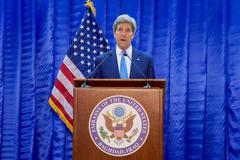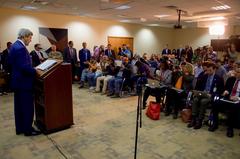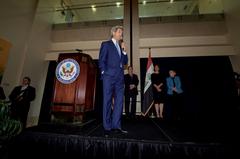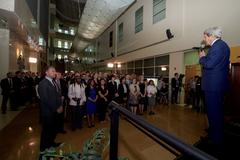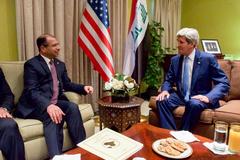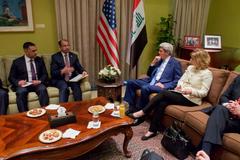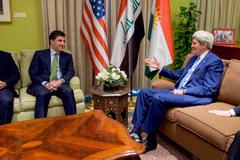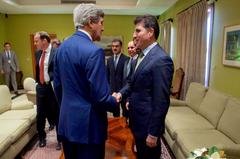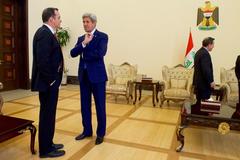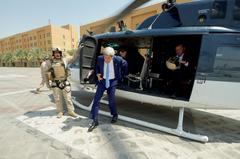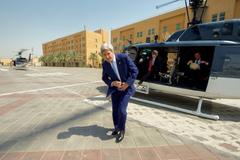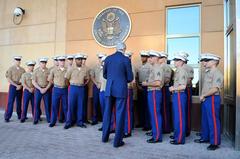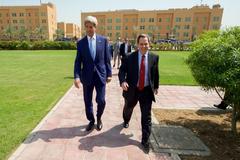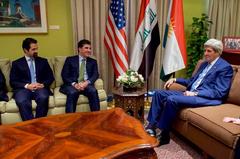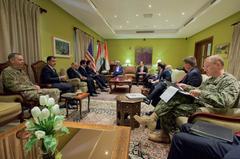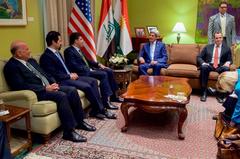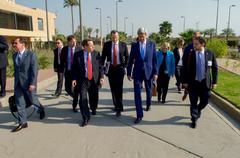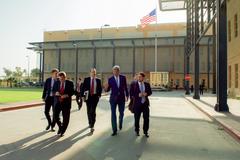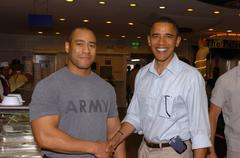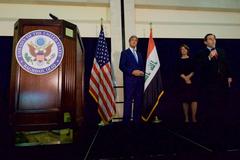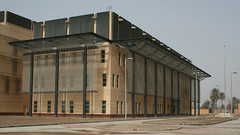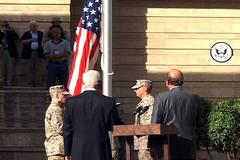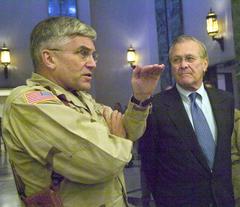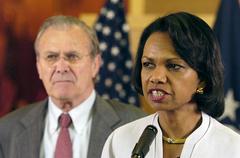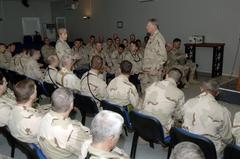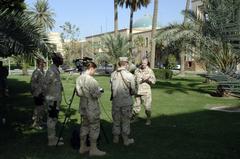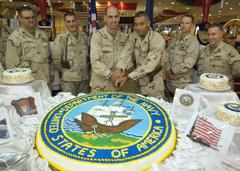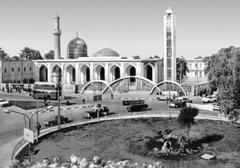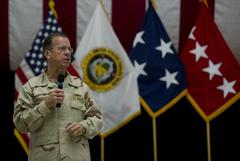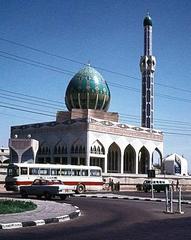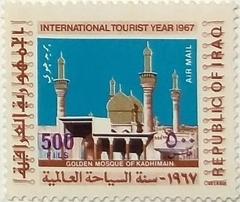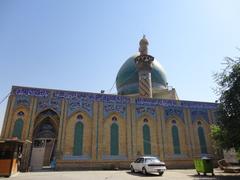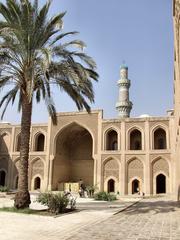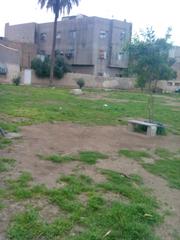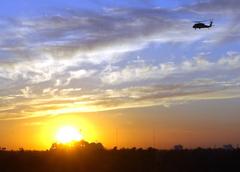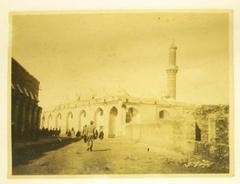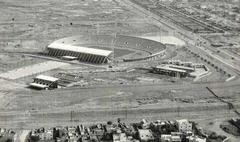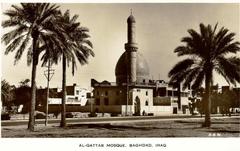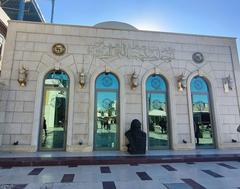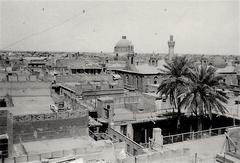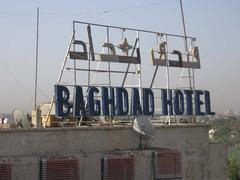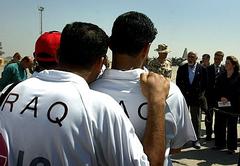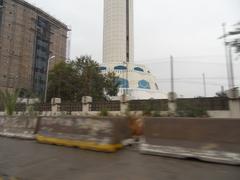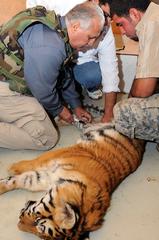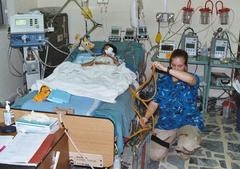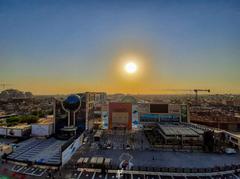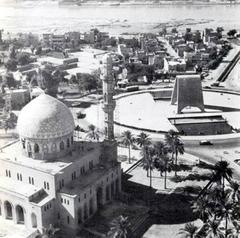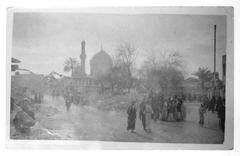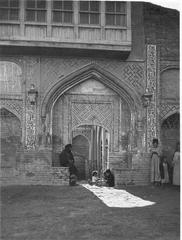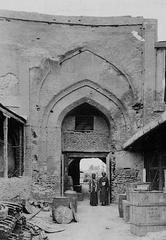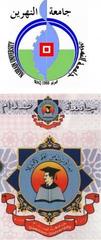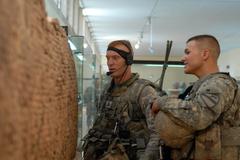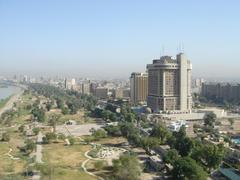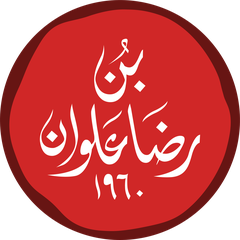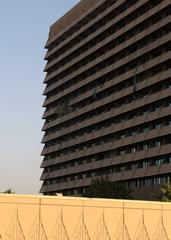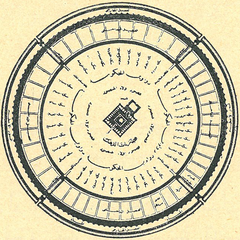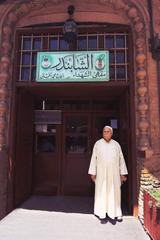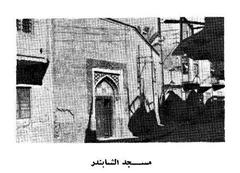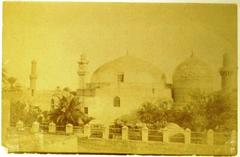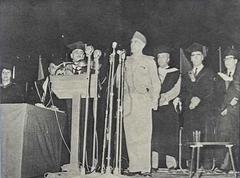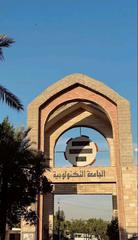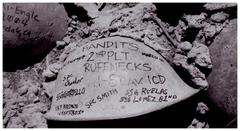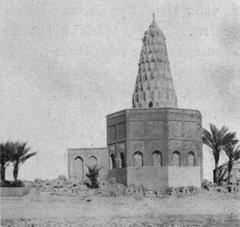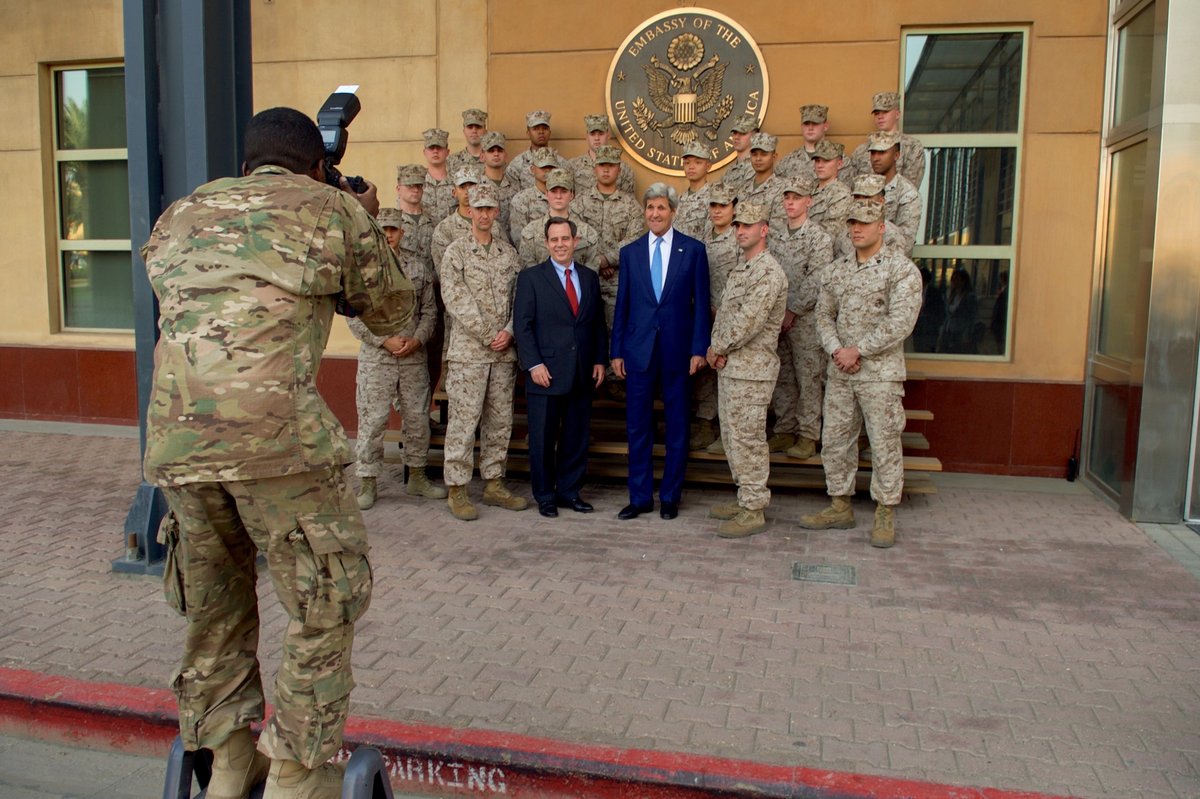
Visiting the Embassy of the United States in Baghdad, Iraq: Visiting Hours, Tickets, and Travel Tips
Date: 14/06/2025
Introduction: Significance of the U.S. Embassy in Baghdad
The U.S. Embassy in Baghdad is among the largest and most strategically important American diplomatic missions worldwide. Its presence reflects the historic and evolving relationship between the United States and Iraq, encompassing decades of political, economic, and cultural engagement. Established officially as an embassy in 1946, it has witnessed diplomatic ruptures, wars, reconstruction, and ongoing security challenges. Situated within Baghdad’s fortified International Zone (Green Zone), the embassy today remains a symbol of partnership, security cooperation, and cultural exchange between the two nations.
Due to security concerns, access to the embassy is limited and strictly controlled. This comprehensive guide provides key information on the embassy’s history, visiting hours, appointment procedures, security environment, and cultural etiquette, as well as practical travel tips and nearby attractions. All information is sourced from official and authoritative resources for your safety and convenience (U.S. Embassy Baghdad, U.S. Department of State, Embassies.net).
Table of Contents
- Introduction
- Historical Overview of the U.S. Embassy in Baghdad
- Diplomatic Significance and Security
- Visitor Information: Hours, Requirements, and Procedures
- Security Environment and Travel Guidance
- Cultural Etiquette and Conduct
- Accessibility and Special Considerations
- Nearby Attractions and Travel Tips
- Frequently Asked Questions (FAQ)
- Conclusion & Final Tips
- References
Historical Overview of the U.S. Embassy in Baghdad
Early Diplomatic Presence (1888–1967)
The U.S. began its diplomatic engagement in Iraq in 1888 with the appointment of its first American Consul during the Ottoman era (diplomacy.state.gov). After recognizing Iraq’s independence in 1930, the U.S. established a legation in 1931, which was elevated to embassy status in 1946 (wikipedia.org). The embassy’s original building, designed by Josep Lluís Sert in the 1950s, reflected the relatively stable environment of the time.
Diplomatic Interruptions and Re-engagement (1967–2003)
Relations were severed in 1967 following the Six-Day War and were only restored in 1984 amid shifting geopolitics (diplomacy.state.gov). The embassy closed again in 1991 during the Gulf War, and for over a decade, there was no official U.S. diplomatic presence (everycrsreport.com).
Post-2003: Re-establishment and Expansion
Diplomatic relations resumed after the 2003 Iraq War. Initially operating from Saddam Hussein’s former Republican Palace, the embassy quickly became the largest U.S. diplomatic mission, reflecting the scale of American involvement in Iraq’s reconstruction (wikipedia.org).
Construction of the New Embassy Compound (2005–2009)
A purpose-built compound was constructed between 2005 and 2009, spanning 104 acres along the Tigris River. It is self-sufficient, with its own utilities and security infrastructure (globalsecurity.org). The project faced delays, cost overruns, and controversies, ultimately costing approximately $736–$750 million (everycrsreport.com).
Diplomatic Significance and Security
Strategic Role
The embassy is a linchpin of U.S. foreign policy in the Middle East, serving as the primary venue for engagement with Iraq’s government and civil society. Its vast scale and robust fortifications reflect the ongoing security challenges and the importance of Iraq to U.S. interests (diplomacy.state.gov).
Security and Isolation
Due to persistent threats, the embassy is one of the most fortified U.S. missions globally. Public access is highly restricted, and the compound operates as a self-contained enclave within the Green Zone (globalsecurity.org). These measures, while necessary, limit direct engagement with the broader Iraqi community.
Symbolic and Cultural Role
The embassy represents both the ambitions and challenges of U.S.-Iraq relations. It oversees consular services, educational exchange programs (such as the Fulbright Program), and public diplomacy initiatives aimed at fostering bilateral cooperation (iq.usembassy.gov).
Visitor Information: Hours, Requirements, and Procedures
Visiting Hours
- Operating Hours: Sunday through Thursday, 8:00 AM to 5:00 PM local time.
- Closures: The embassy observes both U.S. and Iraqi public holidays. Hours may change unexpectedly due to security conditions (Embassies.net).
Access and Ticketing
- No Public Tours: The embassy does not offer public tours or casual visits. Access is by appointment only for visa interviews, official business, or consular services.
- Ticketing: There is no ticket system; entry is based on confirmed appointments or official invitations (U.S. Embassy Baghdad).
Appointment Procedures
- Visa Applicants: Complete the DS-160 form, pay the visa fee, and schedule an appointment online (U.S. Embassy Baghdad Visa Services).
- U.S. Citizens: Schedule consular services (e.g., passport renewal) online (U.S. Embassy Baghdad ACS).
- Required Documents: Bring appointment confirmation, valid identification, and all supporting documents.
Security Protocols for Visitors
- Security Screening: All visitors undergo multiple security checks, including biometric screening.
- Prohibited Items: Electronic devices, weapons, large bags, and cameras are not allowed inside the embassy.
- On-Site Conduct: Photography is strictly prohibited; follow all security staff instructions and remain patient throughout the process.
Security Environment and Travel Guidance
Current Threat Level
Baghdad remains a high-risk environment due to the threat of terrorism, kidnapping, and civil unrest. The U.S. Department of State maintains a Level 4: Do Not Travel advisory for Iraq (Travel.gc.ca, travel.state.gov). The embassy operates under heightened security, and services may be suspended during emergencies (SAN, Independent).
Safety Tips
- Use only vetted, pre-arranged transportation; public transit is not available in the Green Zone.
- Minimize time outside secure areas, especially after dark.
- Register with your home country’s travel program (e.g., STEP for U.S. citizens) (xplrverse.com).
- Dress modestly and respect local customs.
- Limit carrying valuables and electronic devices; credit card use is limited.
Cultural Etiquette and Conduct
- Dress Code: Wear modest, conservative clothing covering arms and legs.
- Behavior: Avoid public displays of affection and refrain from loud or political discussions.
- Respect: Show courtesy to embassy and local staff; patience is essential due to strict security protocols.
Accessibility and Special Considerations
- Accessibility: The embassy is equipped for visitors with disabilities; advance notice is recommended to arrange accommodations (travel.state.gov).
- Health: Baghdad’s medical facilities may not meet Western standards. Serious health emergencies may require evacuation; bring necessary medications and check the embassy’s website for a list of local providers.
- Women and Minority Travelers: Women should be cautious due to cultural norms and security risks. Embassy support is available in emergencies, but local law enforcement may offer limited assistance.
Nearby Attractions and Travel Tips
While the embassy itself is off-limits for sightseeing, Baghdad offers several historical and cultural sites outside the Green Zone:
- National Museum of Iraq: Renowned for its ancient Mesopotamian artifacts.
- Al-Mutanabbi Street: Famous for its bookstores and literary culture.
- Abbasid Palace & Al-Mustansiriya School: Notable Islamic-era landmarks.
Travel Tip: Always consult the latest travel advisories and coordinate with trusted guides or the embassy before venturing to public sites.
Frequently Asked Questions (FAQ)
Q: Can I visit the embassy as a tourist?
A: No. Access is strictly by appointment for official business or consular services.
Q: What are the embassy’s operating hours?
A: Sunday to Thursday, 8:00 AM to 5:00 PM, excluding holidays and security closures.
Q: How do I schedule an appointment?
A: Use the embassy’s online portals for visa or consular services. Schedule here.
Q: Are guided tours or public events available?
A: No public tours are offered. Cultural and educational programs are by invitation or application.
Q: What should I bring to my appointment?
A: Required documents, appointment confirmation, ID, and only essential personal items.
Q: Is the embassy accessible for people with disabilities?
A: The embassy is accessible, but advance notice of any special needs is advised.
Conclusion & Final Tips
Visiting the U.S. Embassy in Baghdad demands careful planning and strict adherence to security and procedural requirements. While public access is limited, the embassy plays a critical role in diplomatic engagement, consular support, and cultural exchange. For a safe and efficient visit:
- Schedule appointments in advance.
- Prepare all required documentation.
- Follow all security protocols and cultural guidelines.
- Monitor official advisories for updates on security and embassy operations.
For more resources, real-time updates, and personalized guidance, download the Audiala app and consult official embassy channels.
References
- U.S. Department of State - Embassy in Baghdad
- Embassy of the United States, Baghdad - Wikipedia
- Visiting the U.S. Embassy in Baghdad: Location, Hours, Security, and Visitor Information
- U.S. Embassy Baghdad Official Site
- Visiting the U.S. Embassy in Baghdad: Hours, Tickets, and Cultural Insights
- Visitor Requirements, Procedures, and Practical Tips for Visiting the U.S. Embassy in Baghdad
- GlobalSecurity.org - U.S. Embassy Baghdad
- Travel.gc.ca - Iraq Travel Advisory
- EveryCRSReport.com - U.S. Embassy in Baghdad Report
- SAN News - U.S. Embassy Baghdad Security Update
- Independent - Security at U.S. Embassy Baghdad
- Audiala Mobile App - Travel and Embassy Guidance
